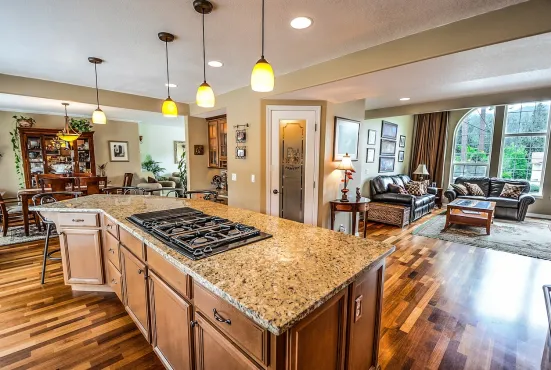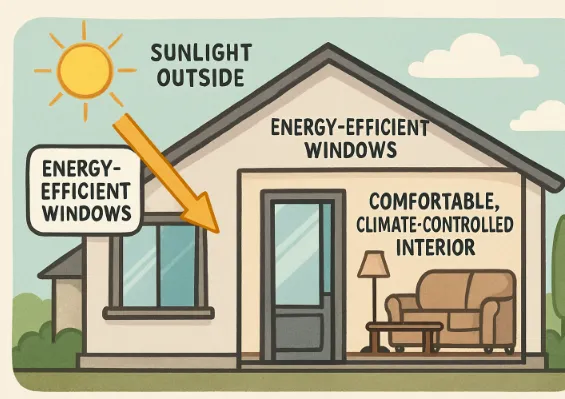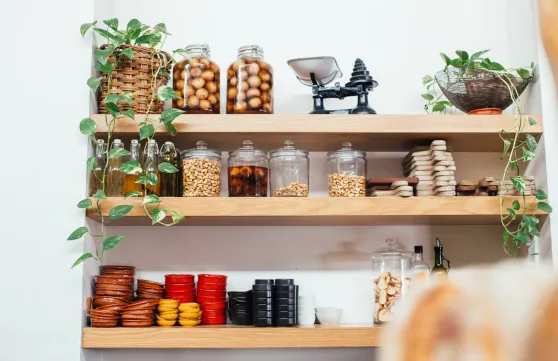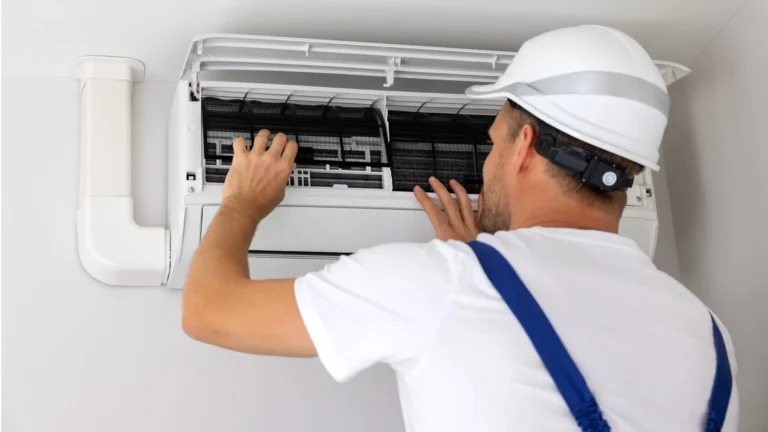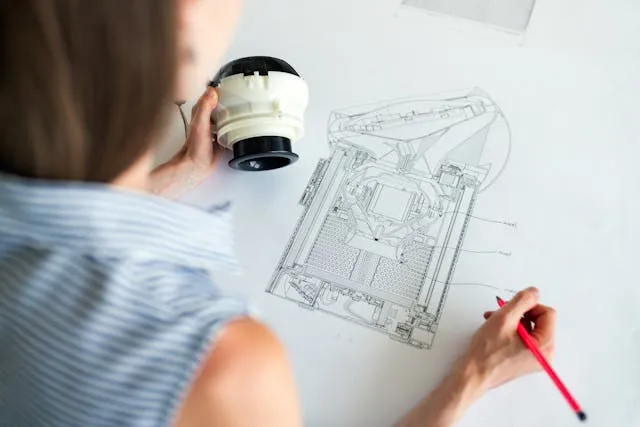10 Ways to Prepare Your Home for a Stress-Free Winter
Life in Ennis, MT, has a rhythm that changes with the seasons, and winter brings some of the harshest conditions in the region. Residents are no strangers to heavy snow, bitter winds, and weeks of frigid temperatures. While the beauty of a Montana winter is undeniable, it can also put a lot of strain on homes if they aren’t properly prepared.
Getting ready before the first big snowstorm can make all the difference. It reduces stress, prevents costly emergencies, and ensures that your home stays warm and safe no matter how long the cold sticks around. From keeping your heating system in top shape to making sure your roof can handle the weight of snow, a little preparation goes a long way.
Also Read: Wall Art for Every Style: 8 Tips to Decorate Modern, Classic, and Rustic Homes
1. Check Your Roof and Gutters
Your roof is the first line of defense against winter weather. Even a small issue, like a missing shingle, can turn into a big problem once snow and ice start to accumulate. Take the time to check your roof carefully before winter arrives. If climbing up there isn’t an option, hire a professional for an inspection. Gutters are just as important. When leaves, dirt, and debris clog them, water can back up and form ice dams once the temperature drops. Ice dams not only add weight to the roof but can also cause water to seep under shingles. Think of it as giving your home’s drainage system a clean slate before the snow piles up.
2. Service Your Furnace Early
Once the temperatures plummet, the last thing anyone wants is a furnace that refuses to cooperate. Scheduling a furnace inspection early in the season helps ensure that your heating system is ready to handle months of cold. Technicians can check for worn-out parts, clean internal components, and replace filters to keep everything running smoothly. There’s nothing better than knowing your home will stay warm through winter, and a quick furnace repair in Ennis, MT can make all the difference.
3. Seal Drafts and Improve Insulation
Even the most efficient furnace won’t do much good if your home leaks warm air. Drafts around windows, doors, and baseboards let heat escape and invite chilly air inside. A quick walk around your home can reveal problem spots. Running your hand along window frames or noticing curtains moving slightly when the wind blows are telltale signs. Weatherstripping, caulking, and draft stoppers are easy fixes that make a big difference. Remember, the goal is to keep warm air inside where it belongs and make your furnace’s job a little easier.
4. Protect Your Plumbing
Frozen pipes are one of winter’s most common and costly problems. When water freezes, it expands, putting pressure on pipes until they crack or burst. Taking steps now to protect your plumbing will save you from expensive repairs and major water damage. Start with exposed pipes in basements, garages, and crawl spaces. Wrapping them in insulation sleeves or heat tape adds an extra layer of protection. On extremely cold nights, leaving a faucet dripping can keep water moving through the pipes and reduce the risk of freezing.
5. Test Smoke and Carbon Monoxide Detectors
Winter means more time indoors with fireplaces, space heaters, and furnaces working around the clock. These essentials keep homes cozy, but they also increase the risk of fire and carbon monoxide exposure. Ensuring that your detectors are in good working order should be high on your winter prep list. Replace batteries in both smoke and carbon monoxide detectors, and test them regularly to confirm they’re functioning. If your detectors are more than ten years old, consider replacing them entirely.
6. Winterize Windows and Doors
Even small gaps around windows and doors can allow cold air to seep in, making your heating system work harder than it should. A few simple updates can make a noticeable difference. Storm windows are a solid investment because they add another layer of protection against icy winds. If storm windows aren’t an option, heavy-duty plastic window insulation kits are a budget-friendly alternative that work surprisingly well. During the day, opening curtains on south-facing windows lets natural sunlight warm your rooms for free.
7. Prepare Your Fireplace or Wood Stove
Few things feel more comforting than a crackling fire on a winter evening. However, before lighting the first fire of the season, make sure your fireplace or wood stove is safe and ready to use. Creosote, a highly flammable substance, builds up inside chimneys and poses a serious fire hazard if not cleaned out. Scheduling a professional chimney sweep before winter begins is one of the best safety steps you can take.
8. Stock Up on Winter Essentials
Montana winters can be unpredictable, and sudden snowstorms sometimes make it hard to get to the store. Having supplies on hand ensures you won’t be caught off guard. Stock up on ice melt or sand for driveways and walkways, and keep shovels or a snow blower ready to go before the first storm hits. Inside your home, an emergency kit is a must-have. Include flashlights, batteries, bottled water, non-perishable food, blankets, and a first-aid kit.
9. Check Outdoor Equipment and Structures
Cold weather doesn’t only affect the inside of your home. Outdoor spaces and equipment need attention, too. Drain garden hoses and store them indoors to prevent freezing and cracking. Shut off exterior water lines to avoid burst pipes. Take a few minutes to inspect decks, railings, and steps. Loose boards or weak spots can become more dangerous once they’re slick with ice.
10. Plan for Energy Efficiency
Winter heating bills can skyrocket, but a few energy-saving measures help keep costs under control. A programmable thermostat is a great place to start. Set it to lower the temperature while you’re asleep or away, then warm the house back up before you return. It allows you to keep your home comfortable without wasting energy. Other power-saving appliances, like switching your ceiling fans to rotate clockwise or using energy-efficient LED bulbs, can help you save money throughout the season, especially since lights are used more during the darker winter months. These changes may seem minor, but together they can noticeably reduce your household expenses.
Winter in some regions may be harsh, but with preparation, it doesn’t have to feel overwhelming. Taking the time to address your roof, heating system, insulation, plumbing, and safety equipment before the first storm arrives ensures that your home is ready for whatever the season brings. Adding extra touches like storm windows, fireplace care, and emergency supplies provides even more peace of mind. With your home well-prepared, you can focus on what really matters, making the most of winter with your family.

